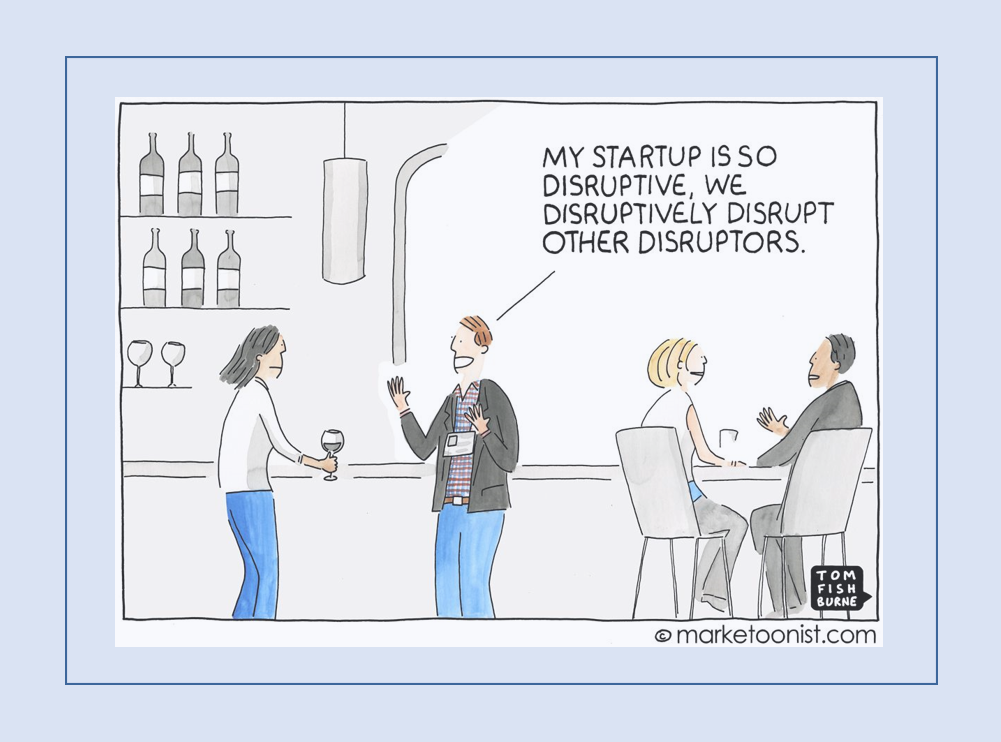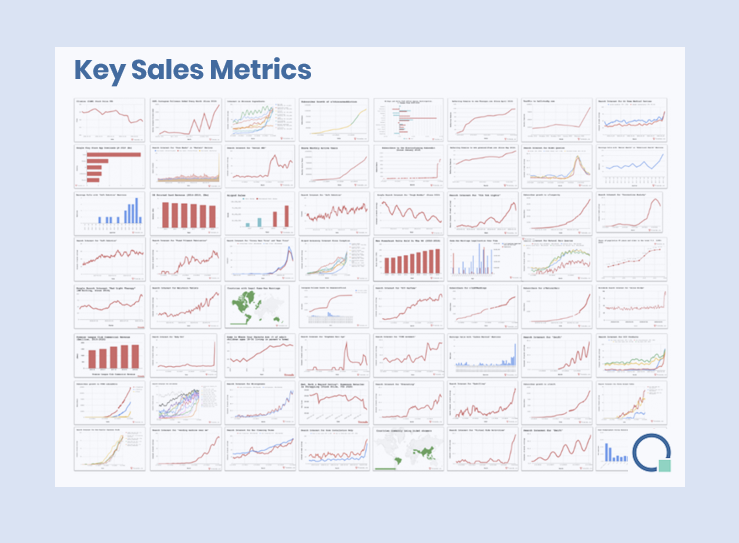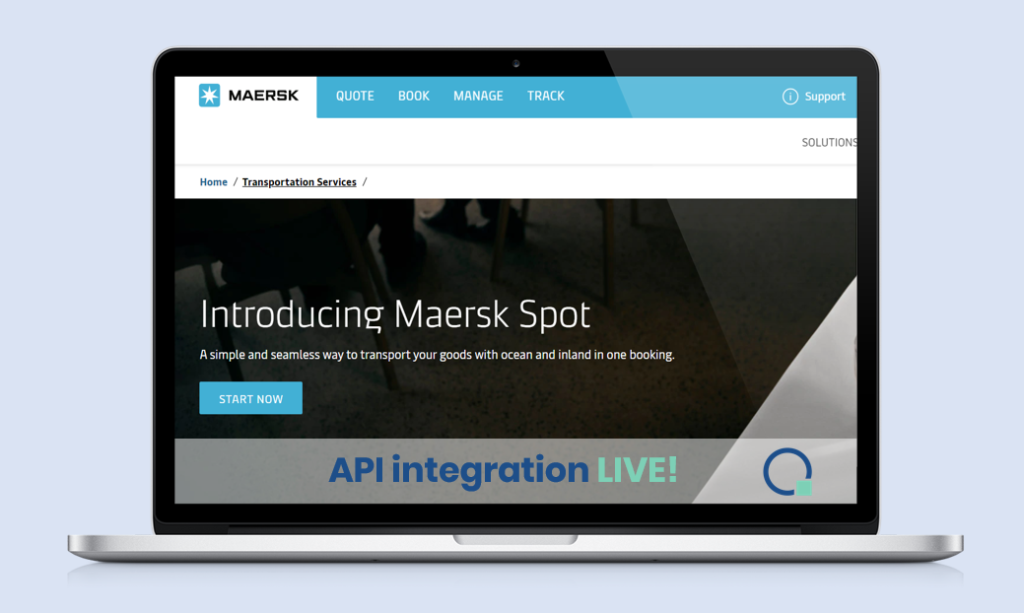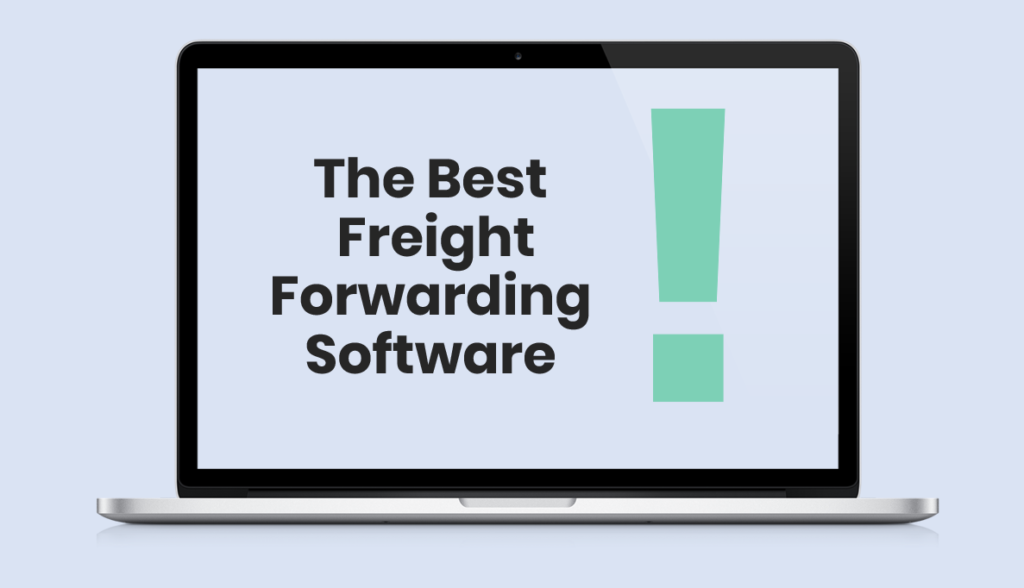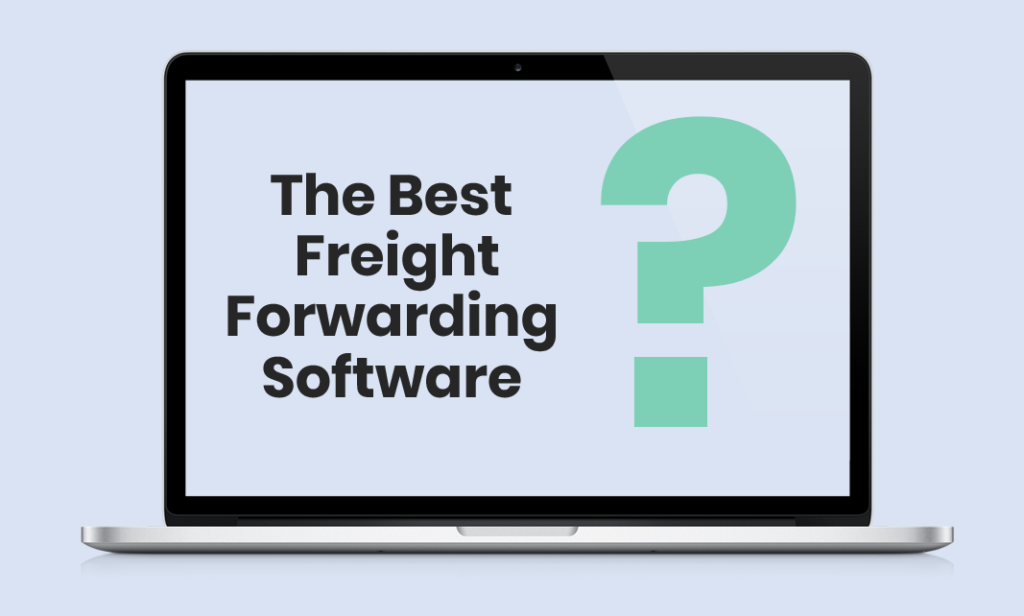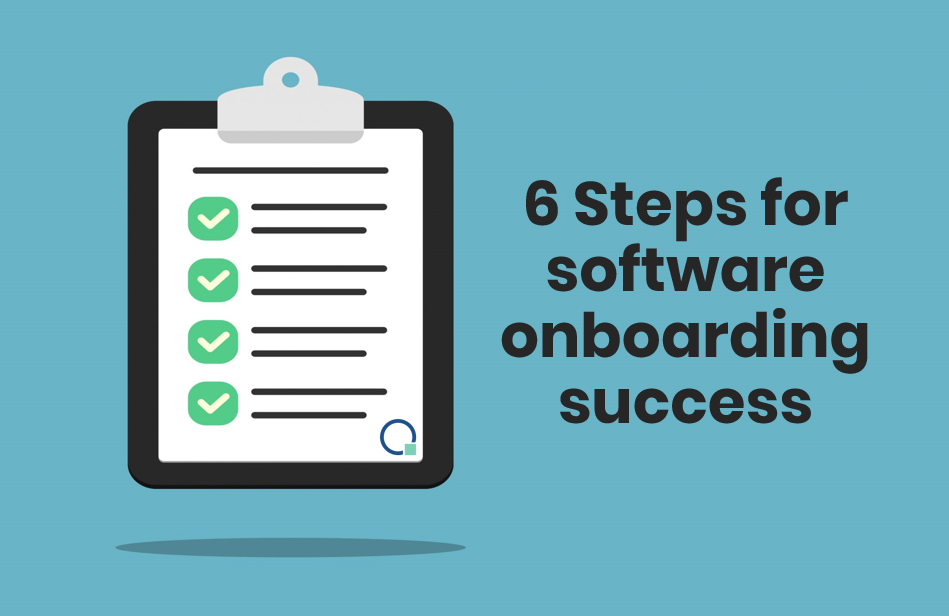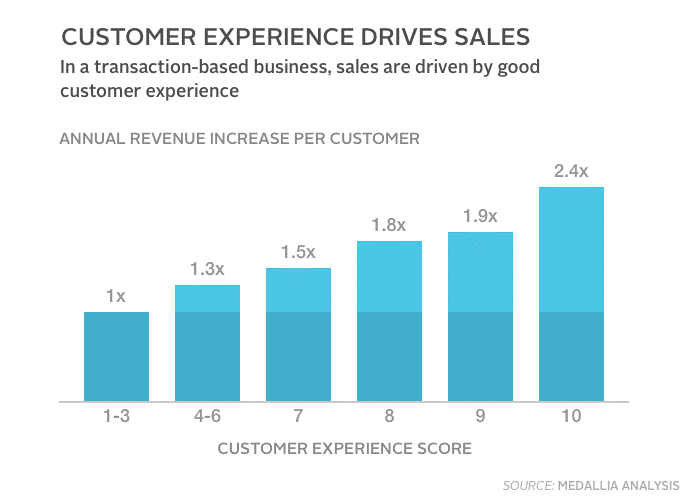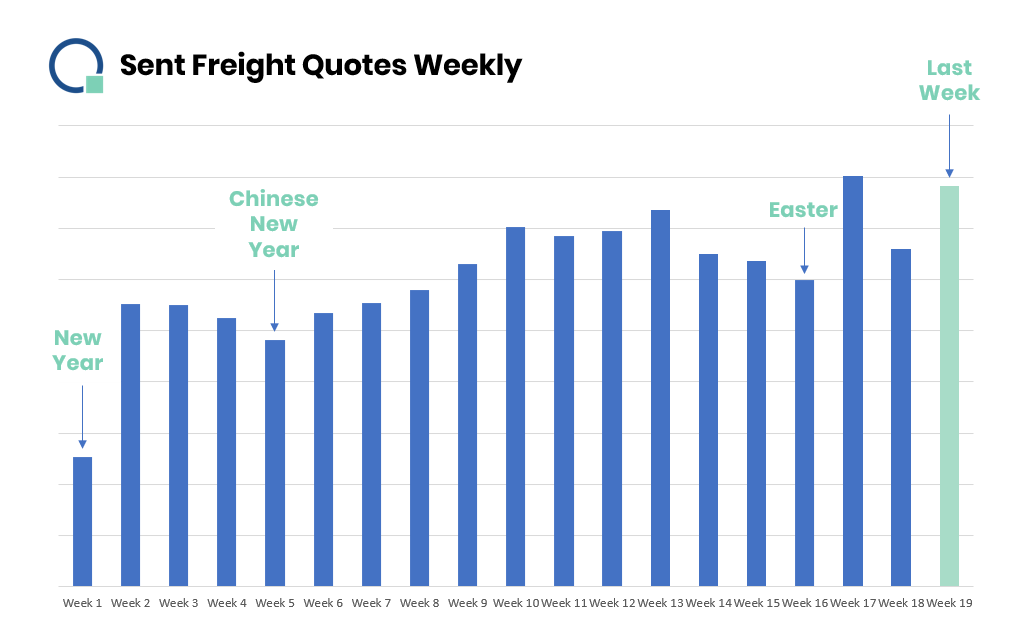Startups in Freight Forwarding – Hot or Not?
In the last 5 years, the number of startups willing to disrupt the ‘traditional freight forwarding industry’, has been skyrocketing. Is ‘disruption of freight’ still a hot trend in 2020?
This post is inspired by the report ‘Startup Funding in Logistics’, published by McKinsey in May 2020 (highly recommended reading).
Startup Funding Statistics
The logistics industry became very hot in 2015, with funding growing 76% per annum. Most of the funds have been poured into the last-mile delivery services (9.9 BLN$), road freight marketplaces & solutions (6 BLN$), and the warehousing sector (3.3 BLN$).
The most exciting category is “Air & Ocean transportation” – these are the startups that aim to disrupt the traditional freight forwarding. Those startups received 1.6 BLN$, most of it (a whole 1.3 BLN$) went to Flexport – leaving just a fraction of funds for the other 300 startups in the group. An example of unfair Pareto distribution.

Trillion-Dollar Industry
Those startups who fall under the “Air & Ocean transportation”, Flexport included, have the same 3 lines they use in their VC sales pitch:
- “Freight forwarding is a trillion-dollar industry”
- “People book tickets and taxi via apps, so we build an app for freight forwarding”
- “Freight forwarders run their business on Excel, phones, e-mails, and fax machines”
This sales pitch immediately raises questions:
- Why is there still no freight forwarding app in 2020?
- Why is there still no huge success of Flexport?
- Why is Flexport still the only one well-funded digital forwarder? (I do not count those owned by the traditional forwarders).
There is a number of reasons why the freight forwarding industry has not yet been disrupted as promised.
Uber for Freight
One of the reasons is the B2B nature of the forwarding business. People book taxi via app, but people do not book freight. Businesses book freight. And this fact takes us to a different level of transaction complexity. What adds more complexity, is that there are several parties involved in transportation, including government services. In the case of international transport, we should also count customs, cross-border laws, inspections, etc.
To put it shortly, booking and shipping a container is 100x more complex than booking and riding a taxi. This is also the reason why there are so many logistics software companies on the market – the complexity and local specifics of the forwarding business make it impossible to come up with a one-size-fits-all software.
A possible solution would be to standardize shipping and forwarding to the level that exists in aviation today, get rid of all ‘local exceptions’ and ‘special permissions’. There are steps in this direction, but it’s a long way.
Booking.com for Importers and Exporters
In shipping and forwarding, freight rates are negotiated. It is very unlikely that someone can accept the online rate from the website. Such rates are considered the ‘entry-level’, and then negotiation begins.
This tradition definitely slows down the adoption of the freight marketplace – a platform where importers and exporters can book freight online by selecting the best offer from a forwarder (like ‘Skyscanner’ or ‘Booking.com’ for freight).
If there is a small shipment in question, it’s easier to outsource the delivery to the e-commerce platform. If there is a bigger shipment, it usually involves higher risks & costs related to the transaction complexity (see above), a direct contract with the 3PL company is a rational choice.
For the freight marketplaces to thrive for B2B, the market has to change its dynamics. There are steps in this direction, but it’s a long way.
Trillion-Dollar Industry with Low Margins
Last, but not least – freight forwarding is a low-margin business (click to read an interesting article by Eric Johnson). The ROI is not that attractive for the VCs, and until that changes, we will not see many startups who want to be the next Flexport.
Flexport is a digitally-enabled freight forwarder. Their main source of income comes from the commissions for transporting goods. In terms of business model, they are no different from a traditional forwarder.
What about the digital component? Well, if we look closer at the “traditional” forwarding companies, we will see that most of them use quite a lot of software in their daily operations. And there are no fax machines anymore 😊
So what is the difference, if there is no difference?
Sales Automation means Higher ROI
A solution to making ROI more attractive is to increase sales margins and reduce costs. A good idea would be to start with sales automation. Sales automation is the digitization of manual, time-consuming sales tasks using software, artificial intelligence (AI), data analysis, and other digital tools. It aims to simplify the daily sales workflow and bring transparency to the commercial aspects of the business. With sales automation on your side, you and your sales team can accomplish more on an average day than you used to on your best days. Your results will speak for themselves.
Quotiss software is everything your sales organization needs for freight rate management and sales automation. With Quotiss, you can easily upload your freight rates and local charges, automate your freight quotes (yet keep them personalized and human), track and follow up on the deals in the pipeline, and monitor sales performance in real-time.
With a free trial you can be 100% sure that Quotiss software is the right solution for your organization. After the account activation, you can follow the user guide to add clients and test our instant freight quotes module.

